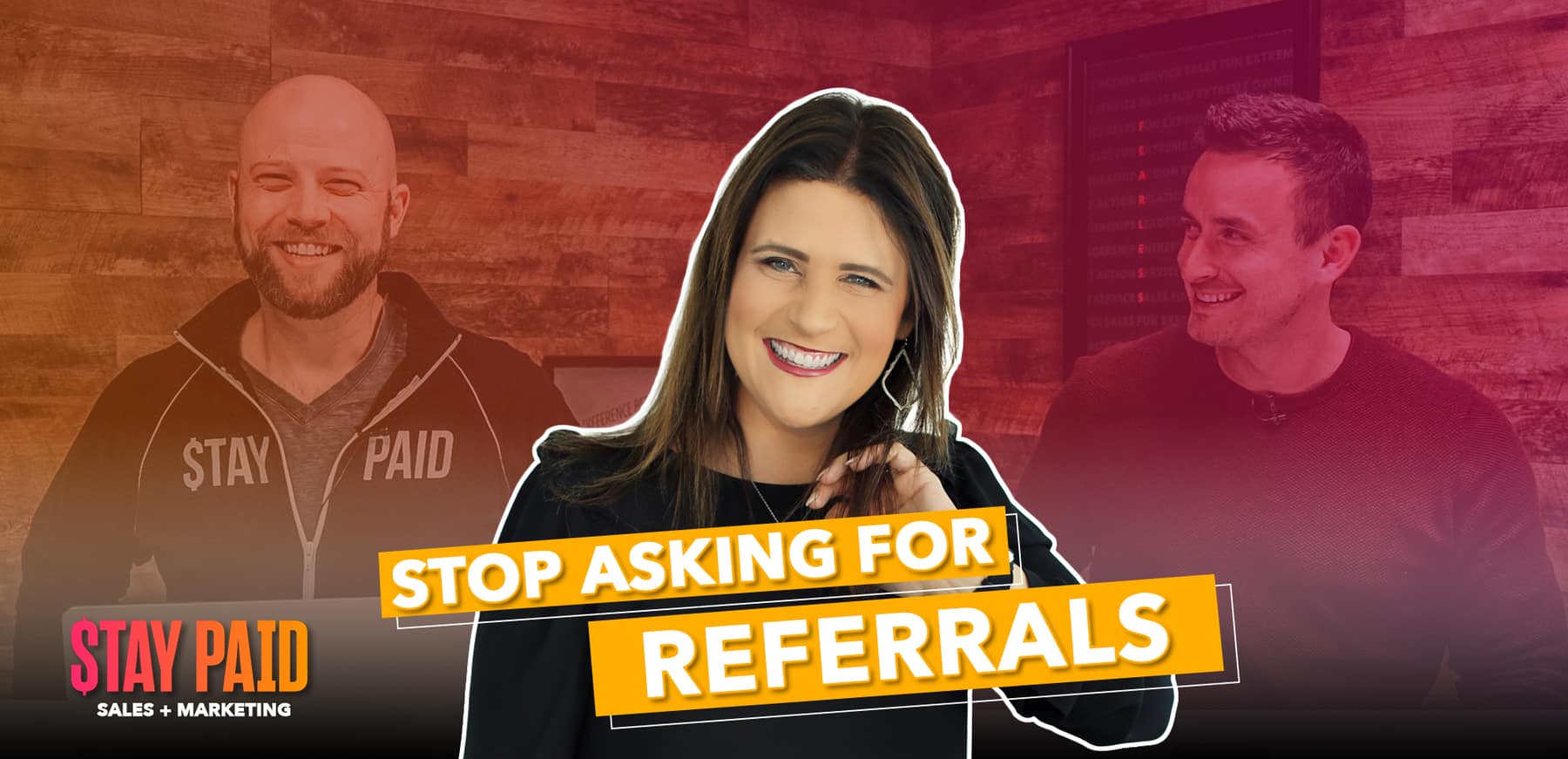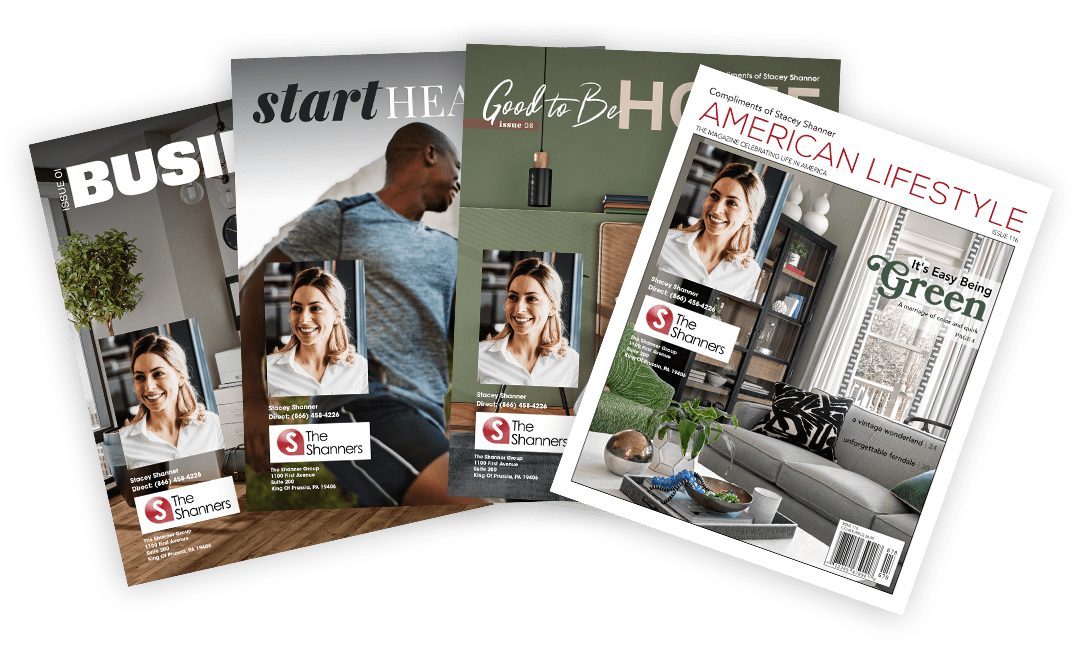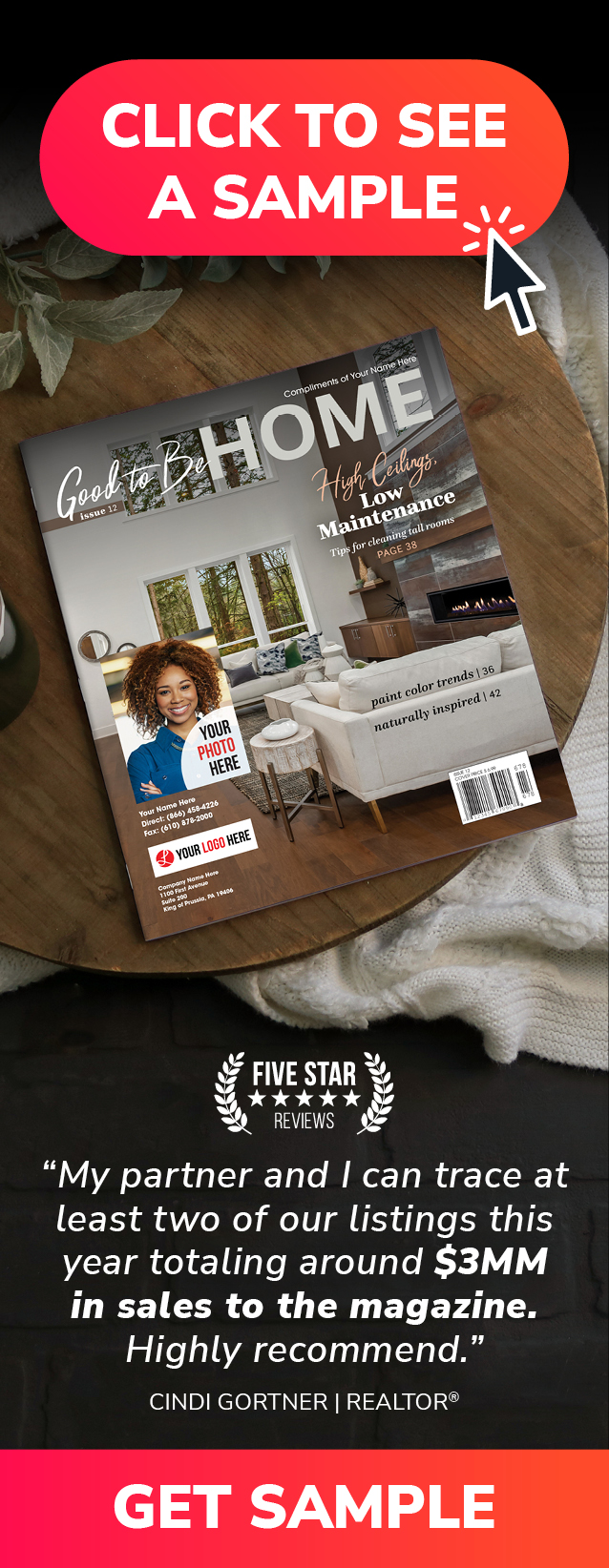Updated April 21, 2021
So, you’re the type of person who’s always busy. You’re out there meeting new clients, and successfully representing the ones you have. You’re attending networking seminars at every opportunity, sending out branded marketing material, and calling past clients (when you have time).
And yet, you still find that you’re not getting as much repeat business or as many referrals as you should be.
What could you possibly be doing to sabotage your client relationships?
If you’re like many small business owners, you’re not regularly communicating or following up with your top clients consistently. And when you do connect with contacts, you probably don’t have the information at your fingertips to steer your conversation in a meaningful direction. You’re marketing to the same people month after month, and while it may produce a referral here and there or the occasional repeat transaction, you’re not able to actively grow your business the way that you’d like.
This is why you need to implement a contact management system.
A contact management system provides you with a single resource to house all of your contact information so that you can easily segment your list and prioritize marketing efforts. And including notes on recent encounters will give you valuable information that can help make your follow-up calls more successful.
But, there’s a bit of a catch-22 with contact databases. While you don’t want to spend a lot of money on a customer relationship management (CRM) system too soon, you need the functionality of a contact database to significantly grow.
Keep reading to find out how you can create a simple, yet effective, contact management database, without spending a cent.
1. Build your database (use our free template)
If you’re creating your database from scratch, you’re invited to download our free Excel template. If you’d rather create your own, then start with some basic information. Be sure to include each of the items below in its own column for easy sorting and mail merges:
- First name
- Last name
- Street address
- City
- State
- Zip code
- Phone number
- E-mail address
Even if you don’t have all of this information, you’ll want to record what you do have—the blank fields will serve as a reminder to gather the info when you have the opportunity.
Once you have some information, you should make an attempt to segment or group your contacts in a meaningful way. For example, Barb Betts (one of our most popular guests on Stay Paid) segments her contacts in a fun way that helps guide her outreach:
- First class: These contacts are Barb’s raving fans. They hear from her at least once every one to two weeks. They receive invitations to the best client events. She considers them friends and the feeling is mutual. Referrals from this segment don’t require a listing presentation because these clients have already sold her as the best agent for the job.
- Business class: Clients in this segment share a lot in common with those in first class, but the relationship might not be quite as close. They’ll get invitations to the client holiday party, but they may not get an invitation to a private dinner party. Barb still makes a point of being in frequent contact with these contacts, perhaps once a month, because they actively connect her to new leads.
- Economy: This group is made up of people that know and like Barb. If she’s throwing a pizza party at a community outdoor concert, they’ll know about it. They may hear from her once per quarter.
- Stand-by: The people in this group are past clients Barb may have sold a home to 15 years ago. She might recognize them in the grocery store, but she’s not likely to remember their name. And yes, they hear from her too.

Click here to listen to Barb Betts game-changing, always successful approach to garnering referrals.
Other ways to identify and segment your contacts include the value they represent (for example, their potential for referrals or estimated lifetime value), the length of the relationship, or any other criteria you find useful when identifying sales opportunities.
Remember: 80% of your business comes from 20% of your clients, so you’ll need to know who is who.
Here are some additional fields you may want to include:
- Important dates: It’s crucial that you know the last time you worked with or spoke to a contact, as well as what your goals are for a follow-up call. You can use this information to make sure you aren’t going too long between touchpoints.
- Type of contact: Whether you’re speaking over the phone, sending email, or planning a direct mail effort, you need to communicate differently with different audiences. What you say to clients will not necessarily be the same as what you say to prospects. Similarly, preferred communication channels vary across generations. By categorizing your contacts, you can easily sort and segment them for more targeted marketing opportunities.
- Notes about recent conversations or encounters: This information is invaluable when following up, and it’s too important to trust to memory. Record notes about what you discussed during a recent conversation, reminders to yourself to follow up on specific topics, or even personal information about the contact, such as birthdays, hobbies, and pets.
- Social media accounts: Not only can you use social media to communicate with clients, prospects, and influencers, you can also take some time to glean information from your clients’ accounts that will help you build and strengthen relationships. If you see someone is celebrating an anniversary, make note of the date and give them a call to offer your congratulations.
2. Enter the information
Begin by gathering all of your existing contact data from your personal address book, recent sales transaction documents, your email list, and even your good ol’ Rolodex (is that still a thing?), then spend some time entering as much information as you have. Make it a goal to call contacts to fill in any gaps. (This is a great excuse for a follow-up call!)
Make sure you include everyone you have contact with—clients, business partners, prospects, acquaintances, etc. This will likely be the most time-consuming part of the process, but trust us—it’s well worth the effort.
3. Commit to keeping it up to date
Any contact database is only as good as the data it contains. So, for it to be effective, it needs to be kept up to date. Your contact database is a living, breathing resource.
If you’re reviewing the database as frequently as you should be, this will become one of your most accessed documents. Following every encounter you have with a client or prospect, remember to update the notes section. As mentioned before, you’ll want to document events, actions you need to take, and other important information that comes out of your conversations. Make it a part of your routine to add information as you receive it, rather than waiting until you have every detail you may eventually want.
A final word . . .
Now that you have all your info in one place, don’t let it go to waste. Reach out to establish (or re-establish if it’s been a while) contact with the people in your sphere, and optimize your chance of repeat business and referrals by staying in touch. We help our clients nurture relationships and stay in consistent contact by mailing a personally branded magazine to their list of addresses every six weeks.
Each issue is gorgeous, (get a FREE PDF of our most recent issue here) but the real beauty is how these magazines make it incredibly easy to follow up.
Before calling your recipients, check your database to refresh your memory about some details. Simply call your recipients the week your magazine arrives and ask if they enjoy receiving it. Strike up a conversation about an article, a recipe, an interview, or other item—and mention it reminded you of them. That’s it: there’s no pressure to make a sale because you’re only calling to say hello, thank them for their business, and let them know you’re available to help them or someone they know.
It’s exactly this kind of consistent contact that will keep you top of mind for repeat business and referrals!
No matter the system you choose, it’s important to remember just how essential a clean, updated contact management database is to your business. So stop sabotaging your relationships, and prioritize more meaningful connections. If you want to make contact management a habit, but don’t want to spend the time building your own database, use our free Excel contact database template (file will open automatically).
Here are a few additional free resources that will help you make the most of your client interactions.

A free e-book that will explain how to take people from being total strangers to raving fans of your business.

A free, colorful, printable poster to hang up in your work space and reference before calling leads, prospects, and clients.

This short video with transcript offers suggestions for connecting with your community and building trust.









 Apple Podcasts
Apple Podcasts
 Google Play
Google Play
 Spotify
Spotify



















